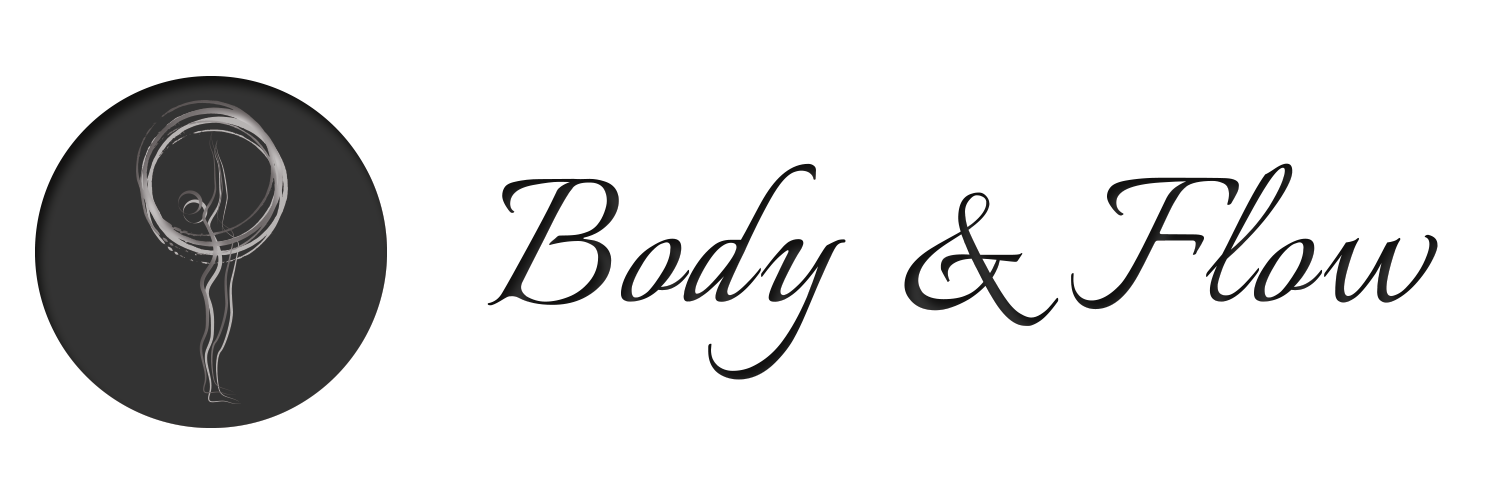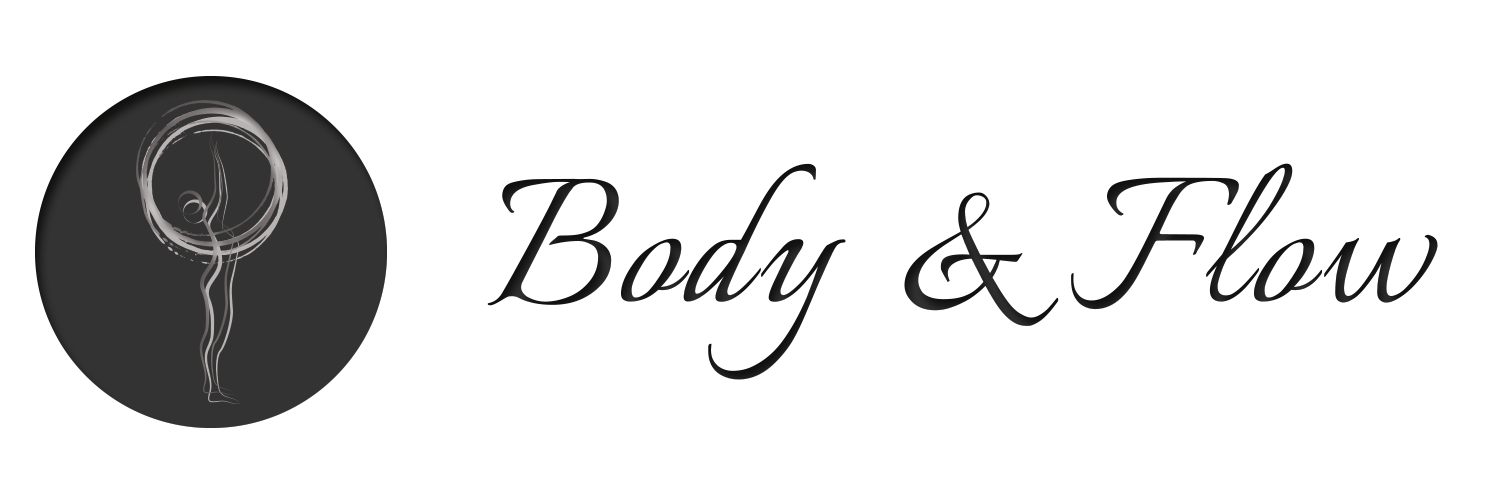How to Choose a Pilates Instructor Training Course?
The world of Pilates is bustling with growth, offering aspiring instructors many options for training courses by various schools. With such a wide range of options, it’s easy for prospective students to feel overwhelmed. Let’s delve into what you should consider before selecting a Pilates instructor training course.
1. Style:
First and foremost, it’s crucial to determine the Pilates style you’re interested in learning and teaching. Whether it’s Classical Pilates, Contemporary Pilates, or Rehab Pilates, trying out different styles allows you to find what resonates with you. Sampling various teaching styles also gives insight into the teaching methods of potential instructors.
2. Format, Scope, and Content:
Opting for a comprehensive course is highly recommended. A comprehensive program typically includes both mat Pilates and equipment Pilates, providing a well-rounded understanding of the method. Look for courses that cover a range of Pilates apparatus, including the Reformer, Cadillac, Chairs, and Pilates Arcs. Additionally, ensure that the course includes essential topics such as anatomy, physiology, and biomechanics to deepen your knowledge.
3. Teaching Staff:
Consider the background and experience of the teaching staff. Ideally, instructors leading the course should have a vast experience in Pilates instruction and teacher training. Additionally, personal compatibility with the instructor is crucial for a positive learning experience.
4. Resources and Written Material:
Course materials should include a study guide outlining the main course content. This guide may vary in presentation, ranging from beautifully designed booklets to simple folders for personal notes and highlights.
5. Certification:
The certification you receive upon completing the course impacts your professionalism and job prospects. Ensure that the certification is recognized within the industry and meets the standards of reputable Pilates studios. Look for institutions offering international certifications or affiliations with recognized Pilates institutes.
6. Personal Constraints:
Factor in personal constraints such as costs, schedules, and the course location. Since Pilates courses demand significant time commitment, consider the lesson times and accessibility when making your decision. Remember, prioritizing quality over cost is essential, and inquire about any additional fees or cancellation policies.
7. Testimonials:
Seek testimonials from course graduates to gain insights into their experiences. Inquire about the instructor’s teaching style, professionalism, study materials, and overall preparedness for teaching Pilates.
Choosing the right course marks a pivotal moment in your journey. Embrace the infinite learning opportunities in the Pilates profession, where daily challenges for both body and mind await. With curiosity and eagerness to learn, satisfaction and enjoyment will accompany you on this rewarding path.




No Comments